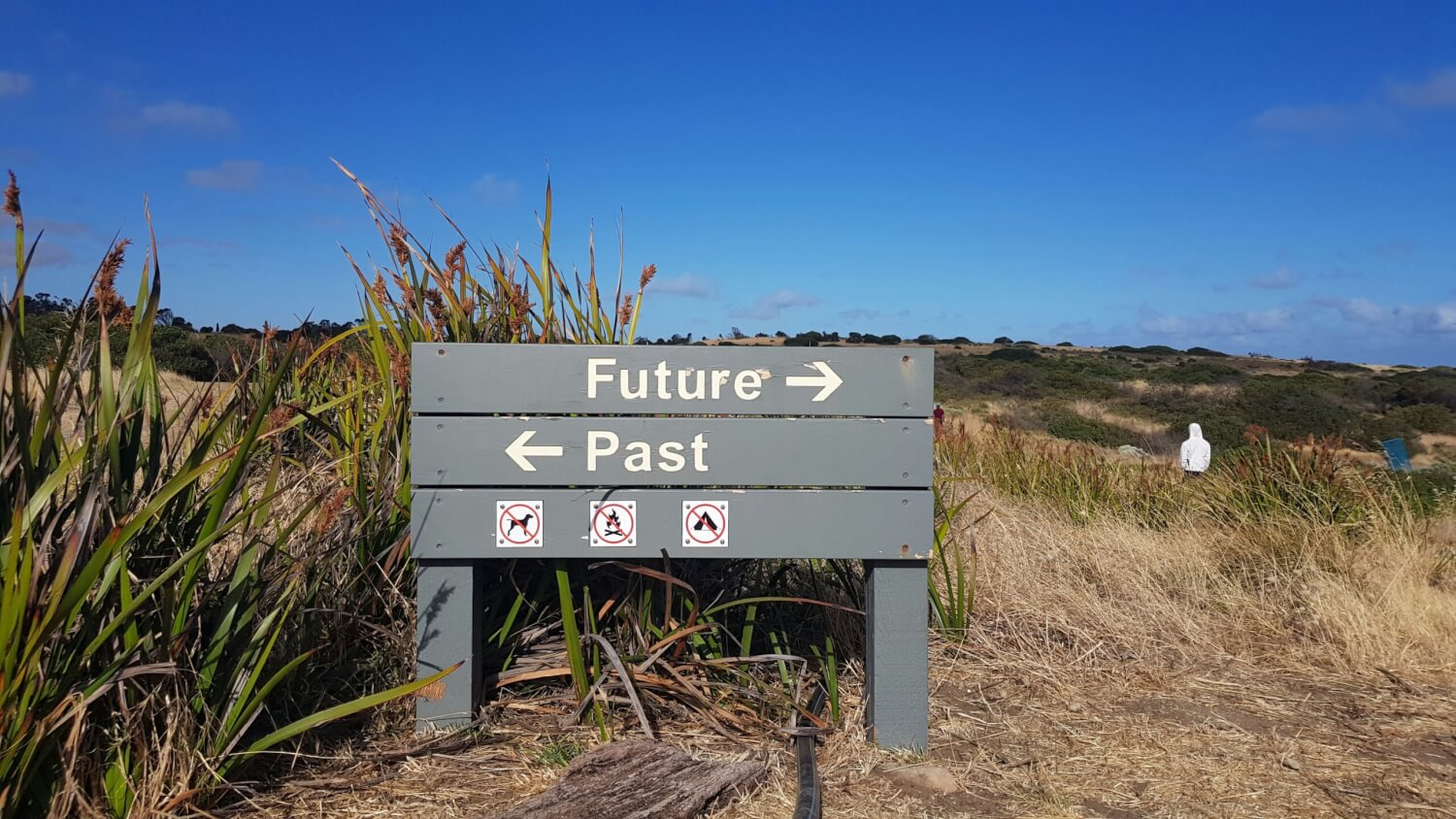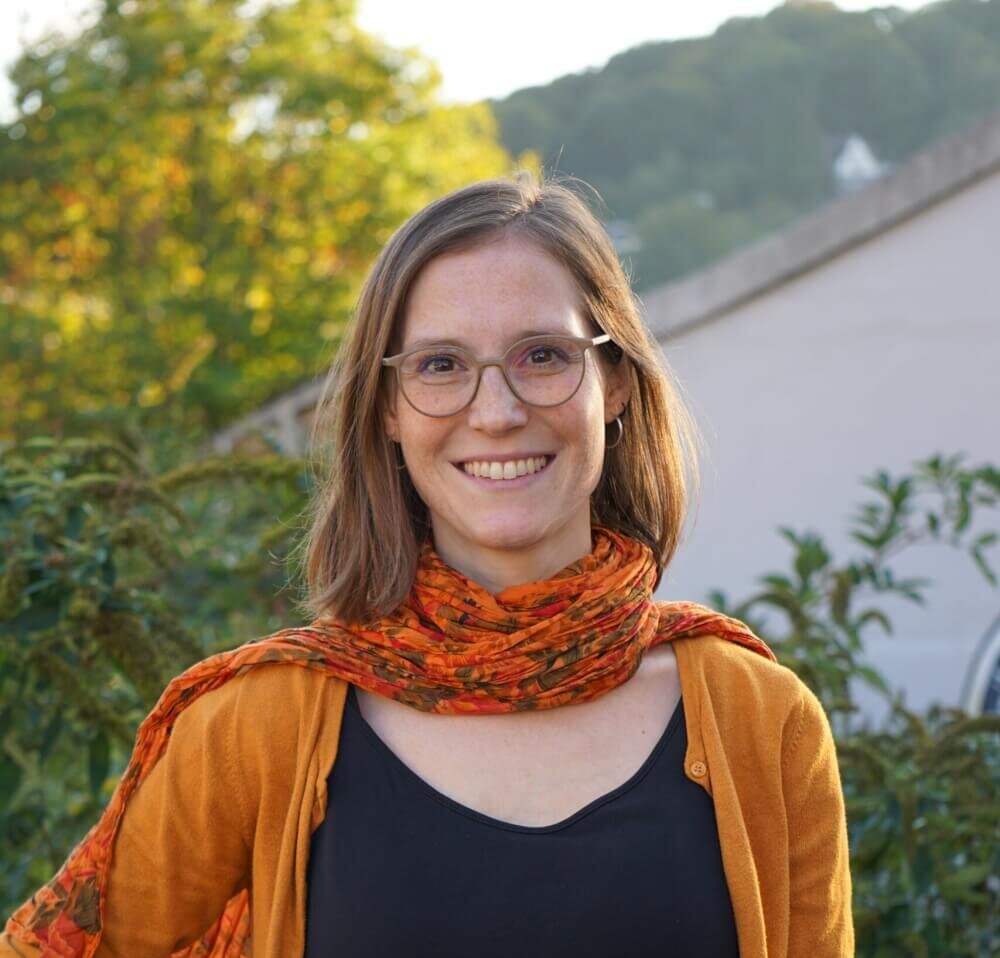
Futures Visioning: Why Imagining Tomorrow Matters Today
What will your organization, your city – or even your own life – look like in 10, 20, or 50 years?
The future is not a fixed destination. It is a landscape of possibilities, shaped by the choices we make today. Futures visioning is about actively exploring those possibilities. It’s a process that combines creativity and strategy, personal reflection and collective.
How to benefit from futures visioning
Whether you are part of a company, a community, or simply curious about your personal path: navigating today’s complex world requires clarity about tomorrow. Futures visioning offers a space to:
Step out of day-to-day pressures and reflect on what kind of future you want to create.
Make uncertainties tangible, so they don’t paralyze, but rather inspire bold action.
Strengthen resilience by preparing for multiple scenarios instead of betting on just one.
In short, futures visioning is not just for strategists and policymakers; it’s a tool that can help anyone make decisions that align with their long-term goals and values.
Diverse perspectives
The future doesn’t belong to individuals alone; it is shared. That’s why exchanging perspectives is so powerful. When people from different backgrounds, teams or units come together, new possibilities emerge, as does a shared path to walk together on.
A sustainability expert might see planetary boundaries where a business leader sees market potential.
A young professional may imagine futures free from today’s limitations, while a policymaker brings in the knowledge of existing systems.
Through dialogue, blind spots are revealed, assumptions challenged, and richer visions created. Futures visioning thrives on these diverse perspectives – and ensures that the future we imagine is more inclusive, grounded, and inspiring.
The path to the future
At the co-do lab, futures visioning is designed as an interactive journey rather than a theoretical exercise. A typical process can include:
1. Setting the frame: clarifying the focus – for example, the future of mobility, circular business models, or resilient communities.
2. Exploring signals of change: scanning trends, disruptions, and innovations that could shape the future.
3. Imagining scenarios: working in groups to develop vivid stories about different possible futures.
4. Identifying preferred futures: reflecting on which future we actually want to move towards – and why.
5. Backcasting & action planning: defining concrete steps today that could bring us closer to that preferred future.
All of this happens through hands-on, creative formats: visual storytelling, role-play, building artefacts of the future, or immersive experiences that make visions tangible.
A tool for transformation
Futures visioning is not about predicting the future. It’s about unlocking agency: realizing that the future is something we can actively shape – if we dare to imagine it together. We see that once people experience the power of futures visioning, they not only think differently – they also act differently.
